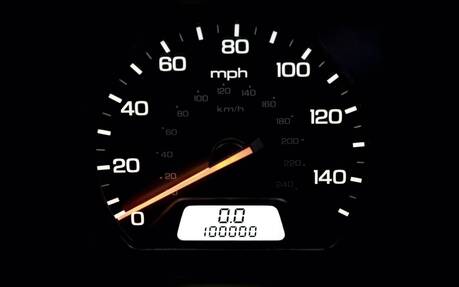What Maintenance Work Is Required After 100,000 km?
Many people wonder if they should sell their car or maintain it to make it last longer, and it’s understandable given the significant increase in used cars' values since the pandemic.
With more and more people working from home and the high fuel prices, we don’t use our vehicles the way we used to. But if you choose to keep yours for a long time, it will inevitably reach a high mileage.
- Also: Dealers and Shops With the Best Long-Term Customer Service in 2022
- Also: Here’s Why Your Old Beater Car Doesn’t Look So Bad Now
What do we mean by “high mileage”? We all have a different view of it, but most people agree that it begins in the six figures. Now, what maintenance work should we do when hitting the 100,000 km mark? The answer depends on the type of vehicle and engine you have, and on how you use it, but let’s try to cover the basics.
Fluid Replacement
The inescapable oil change is the first thing that comes to mind, not only for the engine, but also for the transmission, the brakes and, if you have an all-wheel drive, the differentials and the transfer case. By choosing quality fluids, you will help extend the mechanical components’ life. And don’t forget to replace the filters too.

Belts
After 100,000 km, most belts reach a critical state or wear, that’s why you should check them and replace them sooner than later. A drive belt failure, for example, can create serious problems and a hefty bill.
Suspension
A thorough inspection of the suspension is also recommended at this stage because your vehicle has already seen its fair share of potholes and bumps. You’ll probably need to replace a few shock absorbers and have a wheel alignment performed.
Tires
Speaking of wheels, are the tires mounted on them still the originals? If so, you are due for new ones. Also, if you never replaced your brake discs and pads past 100,000 km, prepare for that too .
Battery
What else? Well, a car’s 12-volt battery typically has a five-year lifespan. If your battery was never changed at this point, it’s probably the right time to do it. You can have it tested to see how much life it has left, but remember that it’s better to be safe than sorry, especially on a cold January morning. New spark plugs could be needed as well.
By performing this general maintenance work, you maximise your chances of having a vehicle that runs almost like new for another 100,000 km!
